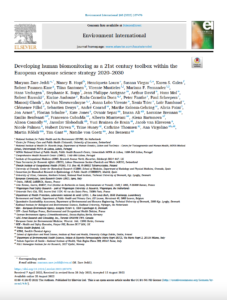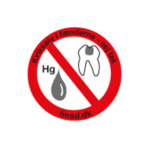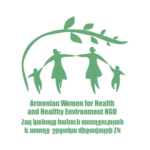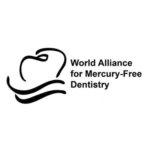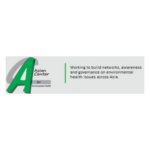We are proud to present the work “Developing Human Biomonitoring as a 21st century toolbox within the European exposure science strategy 2020–2030” published in the Environment International.
It was outlined that findings from HBM can lead to improved health care when taken into account by physicians in medical treatments, which is a great achievement for Environmental Medicine:
“[T]he knowledge about associations between exposure and health effects will help in identifying mitigation measures for people that are already exposed. Exposure to harmful substances, that are subject to the toxicologically relevant dose–response principle or that have a primarily sensitising effect, can be tracked by the physician by means of evaluating the patient’s medical history, anamnesis, and specific laboratory tests (if relevant) (EC, 2018; Eva et al., 2022). Regular physical exams can provide additional information about the onset and diagnosis of the disease.
If restrictions on the use of medical data are followed, such data may also be used for scientific purposes. This approach of data collection from the disease point of view would complement the HBM approach (starting from the stressor) with cohorts covering the entire lifetime.“
To improve human health data, it is suggested to establish a survey of the current number and standards of screenings of patients who test for environmental toxins.
Read the full study here:


